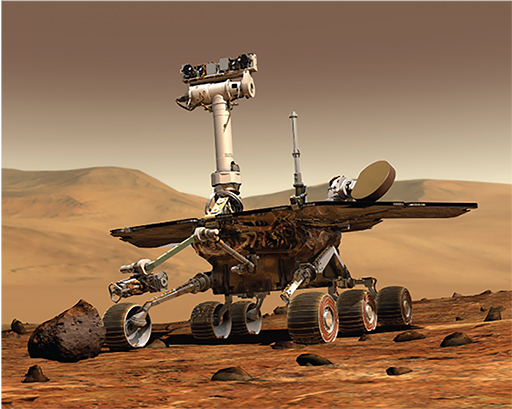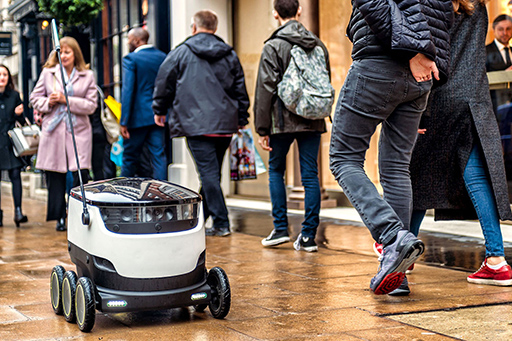1.1 Three key subsystems
In order to watch someone swimming with sharks live on television somebody or something must be operating the camera and recording the sounds. The images and sounds are converted into electronic signals; these signals are then sent as electromagnetic waves, via satellite, to your satellite dish at home. This then delivers the electronic signals to your television, which converts them back into images and sounds. As you can see, there are several subsystems involved:
- sensors – converting images and sounds into electronic signals
- processors – converting the electronic signals into a form that can be stored and transmitted as radio waves
- communication – actually transmitting the waves, and receiving them at the other end
- processors – converting the waves back into images and sounds
- display – your television.
These components can be broadly categorised into signal processing and communications.
- Signal processing explains how signals are manipulated electronically to filter out noise and to alter the signals so that they can be communicated.
- Communications looks at how the communication subsystems work, showing how the electronic signals are converted to radio waves for transmission and reception.
Are there any other possible sub-systems?
Yes, there are many, but the one other major area of electronics is control. In the scenario above, it’s not obvious how control comes into it, however there are probably control systems involved, carrying out tasks such as the auto-focusing function on the cameras.
Another and perhaps more obvious way you could introduce control would be to make your viewing experience more interactive. What if you could control the camera remotely so that you decide what you want to see? Is that so far-fetched? There are already systems which allow you to control your home from your phone – you can adjust the heating, switch on lights, and even see who is at the door. So why not have the full interactive experience of seeing and hearing what you want to see and hear by controlling the live camera equipment through your television?
What has been described here so far is mainly for entertainment. However, the same principles can be applied to other systems, such as a Mars rover (Figure 2). This is a vehicle that travels around the surface of Mars semi-autonomously, collecting samples and analysing them, then sending the data back to Earth. Such a system is clearly making use of signal processing and communication, but it is also using control subsystems to move the vehicle around.
Systems that use signal processing, control and communications are not just found on other planets. On Earth there are similar systems, including semi-autonomous delivery robots that can bring goods to homes or places of work (Figure 3).
For the rest of this course you will focus on one of these three subsystems: signal processing. You will look at some of the basic principles of signal processing and how it is implemented.


